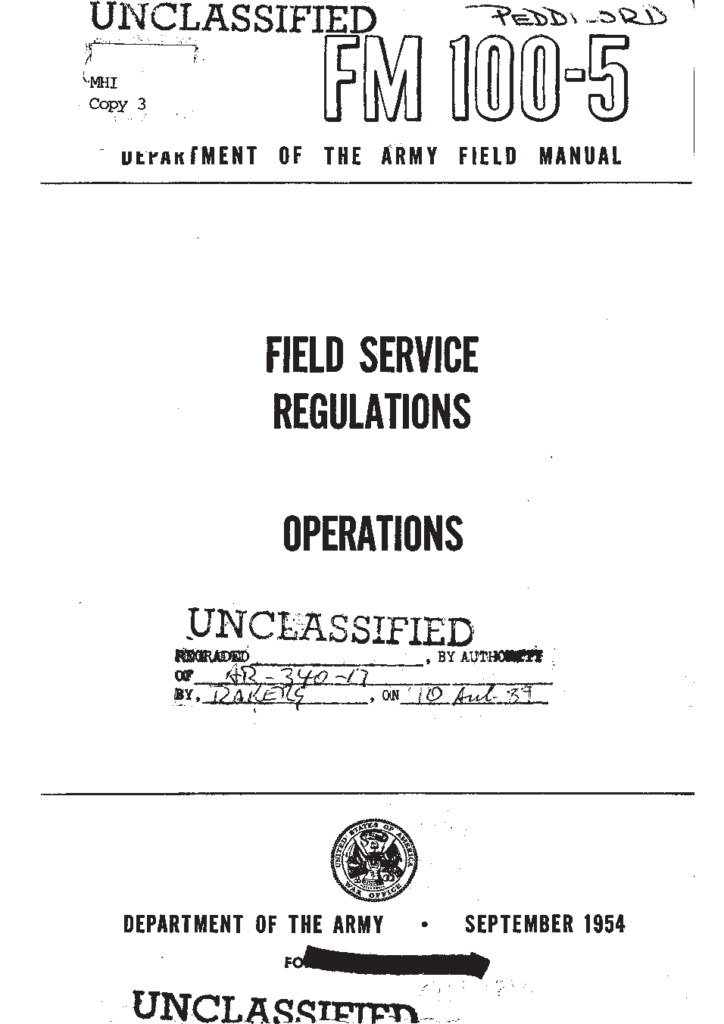The U.S. Army has 10 divisions, one spare division headquarters (7th U.S. Division), three corps headquarters (I, III, XVIII Airborne Corps) and one (or seven) army headquarters (First Army). The U.S. Marine Corps has three divisions.
The norm is that a U.S. Division has three maneuver brigades, one artillery brigade and one combat aviation brigade. A number of our divisions have two maneuver brigades with a third one often being a national guard brigade. Let us count up the number of active duty maneuver brigades were currently have:
……………………………….Armored..Stryker..Infantry..Artillery..Aviation..Sustainment
Unit…………………………..Bde………..Bde…….Bde………Bde……..Bde……….Bde
1st Armored Division………..2…………..1………………………1…………..1……………1
1st Cavalry Division…………3…………………………………….1…………..1……………1
1st Infantry Division…………2…………………………………….1…………..1……………1
2nd/7th Infantry Division………………….2…………0 + 1……..1…………..1……………1
3rd Infantry Division…………2……………………….0 + 1……..1…………..1……………1
4th Infantry Division…………1…………..1………….1………….1…………..1……………1
10th Mountain Division………………………………..2 + 1……..1…………..1……………1
25th Infantry Division……………………..1………….3………….1…………..1……………1
82nd Airborne Division………………………………..3………….1…………..1……………1
101st Airborne Division……………………………….3………….1…………..1……………1
2nd Cavalry Rgt……………………………1
3rd Cavalry Rgt…………………………….1
3rd Infantry Brigade……………………………………1
173rd Airborne Bde…………………………………….1
75th Ranger Rgt………………………………………..1
5 Special Forces Groups……………………………..(5)
1st Marine Division…………………………………….4…………..1………….1……………1
2nd Marine Division……………………………………4…………..1………….1……………1
3rd Marine Division…………………………………….2…………..1………….1……………1
Total…………………………10……………7…………25 + 3……13………..13………….13
So, the total count is 42 maneuver brigades (not counting the national guard brigades). The +3 Infantry Brigades are national guard brigades. For the sake of simplicity, are infantry-like units (airborne, marines expeditionary brigades, marine regiments, ranger regiments, etc.) are counted as infantry brigades. The two cavalry regiments are counted as Stryker brigades. The three Marine air wings are counted at aviation brigades. The Marine artillery regiments are counted as artillery brigades. Not counted are the five special forces groups, which each consist of 4 battalions and tend to be 3,000-4,000 strong.
An armored brigade in 2014 has 4,743 troops (90 Abrams tanks, 90 Bradley IFVs and 112 M-113s), A Stryker brigade in 2014 has 4,500 troops and 300+ Strykers. An Infantry brigade in 2014 has 4,413 troops. The 75th Ranger Regiment has 3,623 personnel authorized. A Marine Regiment has around 4,900 personnel. The Marine Expeditionary Unit (MEU) is around 2,200 personnel and there are one to three MEUs in each of the three Marine Expeditionary Brigades.
The National Guard has:
……………………………Armored..Stryker..Infantry..Artillery..Aviation..Sustainment
Unit…………………………Bde……….Bde…….Bde………Bde……..Bde……..Bde
28th Infantry Division……………………..1…………1…………………….1
29th Infantry Division………..1………………………2…………………….1
34th Infantry Division………..2………………………2…………………….1
35th Infantry Division………………………………….3…………………….1
36th Infantry Division………..1………………………3 + 1…………………1
38th Infantry Division………..1…………..,………….2
40th Infantry Division………………………………….3……………………..1
42nd Infantry Division…………………………………2……………………..1
Total……………………………5…………..1……….18+1………………….7
4th Marine Division (reserve)…………………………2………….1………..1
The +1 is the regular army 3rd infantry brigade, which is listed above.
So the National Guard and Marine reserve has 29 maneuver brigades (counting the three assigned to regular army units and not counting the regular army unit assigned to the 36th Infantry Division) and 8 combat aviation brigades and Marine Corps air wings. There are also two national guard special forces groups.

 This list originated in response to a Twitter query discussing the history of post-World War II U.S. Army doctrine development. It is hardly exhaustive but it does include titles and resources that may not be widely known.
This list originated in response to a Twitter query discussing the history of post-World War II U.S. Army doctrine development. It is hardly exhaustive but it does include titles and resources that may not be widely known.
